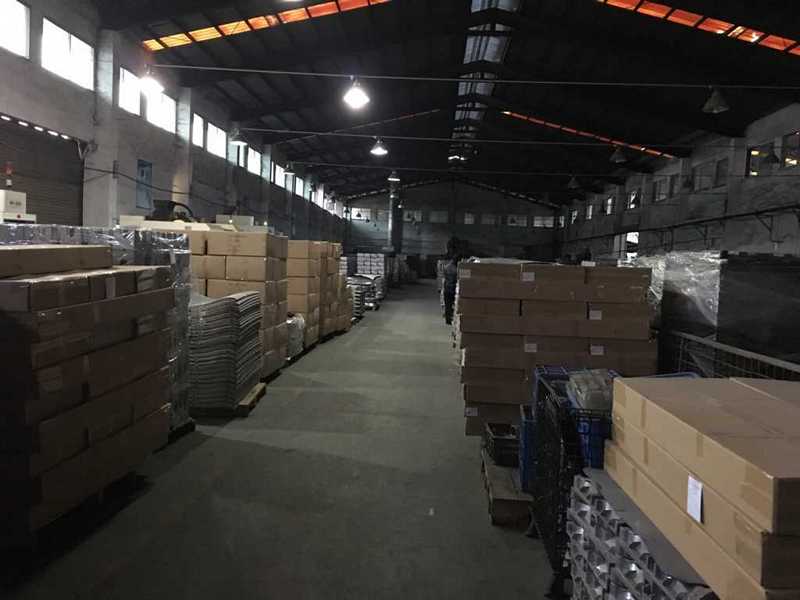Metal Molder Die Cast Factory: Revolutionizing Manufacturing with Precision and Durability
In the world of manufacturing, metal molding and die casting play a vital role in creating high-quality, precision-engineered products. Metal molder die cast factories are at the forefront of this industry, employing cutting-edge techniques to produce components that meet stringent specifications. In this blog post, we will delve into the intricacies of metal molding and die casting, exploring their processes, applications, and the advancements shaping the industry’s future.
- Metal Molding Process:
a. Metal molding is a technique that involves shaping molten metal into a desired form using various methods. b. Injection molding is one such technique where molten metal is injected into a mold under high pressure, allowing for intricate designs and complex geometries. c. Gravity casting relies on the force of gravity to fill the mold, making it suitable for large-scale production of parts with a simpler design. d. Low-pressure casting and high-pressure die casting are other commonly used techniques, offering their own advantages and limitations. - Die Casting Process:
a. Die casting is a precision manufacturing process that involves injecting molten metal into a reusable mold, known as a die. b. The process includes several steps, such as mold preparation, metal melting and injection, cooling and solidification, and ejection and trimming. c. Die casting is favored for its ability to produce parts with high dimensional accuracy, smooth surface finishes, and excellent mechanical properties. d. Aluminum, zinc, and magnesium alloys are commonly used in die casting due to their favorable properties and cost-effectiveness. - Metal Molder Die Cast Factory Setup:
a. A metal molder die cast factory requires state-of-the-art facilities and equipment, including molding machines, furnaces, and precision tools. b. The workforce needs to possess specialized expertise in operating machinery, mold design, quality control, and process optimization. c. Stringent safety precautions and adherence to regulations are essential to ensure a safe working environment for employees. - Quality Control in Metal Molding and Die Casting:
a. Quality control is of utmost importance in metal molding and die casting to ensure that manufactured parts meet stringent specifications. b. Inspection techniques, such as X-ray imaging, coordinate measuring machines (CMMs), and visual inspections, are employed to detect any defects or deviations. c. Implementing strict quality control measures throughout the manufacturing process helps maintain consistency and reliability in the final products.
- Applications of Metal Molding and Die Casting:
a. Metal molder die cast factories cater to a wide range of industries, including automotive, aerospace, and electronics. b. In the automotive industry, metal molded and die-cast components are used in engines, transmissions, and structural parts, providing durability and precision. c. Aerospace applications include critical components like turbine blades, engine housings, and structural components that demand high strength and reliability. d. The electronics industry relies on metal molded and die-cast parts for enclosures, heat sinks, connectors, and other electronic components that require precision and durability. - Advancements and Innovations in Metal Molding and Die Casting:
a. Continuous advancements and innovations in technology are driving the metal molding and die casting industry forward. b. Automation and robotics are revolutionizing the manufacturing process, enabling higher production rates, improved precision, and reduced labor costs. c. Sustainability and environmental considerations are gaining prominence, leading to the development of eco-friendly materials and energy-efficient processes. - Challenges and Future Trends:
a. Metal molder die cast factories face challenges such as rising raw material costs, global competition, and the need for skilled labor. b. Future trends in the industry
b. Future trends in the industry include the integration of artificial intelligence and machine learning algorithms for process optimization, the adoption of 3D printing for rapid prototyping, and the exploration of new materials and alloys with enhanced properties.
Conclusion: Metal molder die cast factories are the backbone of modern manufacturing, providing precision-engineered components that meet the highest standards of quality and durability. Through metal molding and die casting processes, these factories are able to create complex parts with exceptional dimensional accuracy and mechanical properties. With advancements in technology and a focus on sustainability, the industry is poised for further growth and innovation.
Whether it’s the automotive, aerospace, or electronics industry, metal molded and die-cast components are indispensable for creating reliable and high-performance products. As the demand for precision and durability continues to rise, metal molder die cast factories will play a pivotal role in shaping the future of manufacturing.
In this blog post, we’ve explored the metal molding and die casting processes, discussed the setup and quality control measures in a metal molder die cast factory, highlighted the diverse applications of these techniques, and delved into the advancements and future trends driving the industry forward.
By harnessing cutting-edge technologies, embracing sustainability, and overcoming challenges, metal molder die cast factories are well-positioned to meet the evolving needs of various industries and continue their role as pioneers in precision manufacturing.
If you are looking for China die casting factory to make your aluminum die casting, magnesium die casting, zinc die casting, welcome to contact us.
